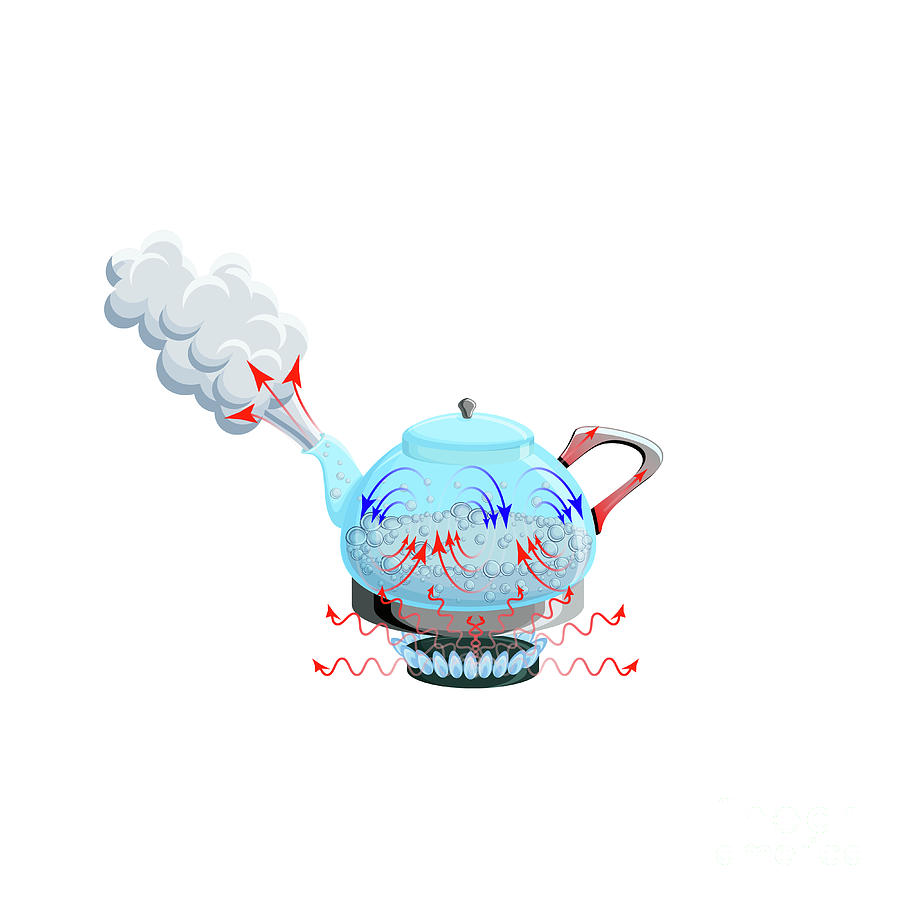
Trapped air between carpet threads, wool fibres and within foam reduces heat loss by conduction.įit double or triple glazing. For concrete floors rigid foam insulation can be used. Mineral wool beneath ground floor floorboards. Trapped air between fibres, beads or within foam reduces heat loss by conduction and convection. Trapped air between glass or mineral wool fibres reduces heat loss by conduction and convection.Ĭavity wall insulation fills the cavity between the outside walls with mineral wool, polystyrene beads or foam. Insulate loft with mineral wool or fibre glass. Also, the polar ice caps may melt, leading to higher sea levels and flooding. Global warming may lead to climate change with some places becoming wetter than normal and others dryer than normal. The result might be that the Earth and atmosphere are at too high a temperature which would not be so favourable for life. More of the radiation emitted by the Earth is absorbed by the atmosphere, which could become too warm. The problem is that as more fossil fuels are burnt more carbon dioxide is released into the atmosphere. Without greenhouse gases in its atmosphere, the Earth would be about 18☌ colder on average than it is now. The result is that the Earth and atmosphere are at a comfortable temperature, suitable for sustaining life as we know it. The radiation is trapped and warms the atmosphere. However, because the Earth is cooler the radiation it emits is not as energetic as the Sun’s radiation and some of it is absorbed by carbon dioxide and other greenhouse gases in our atmosphere. The Earth then radiates infrared radiation back into the atmosphere and out into space. A lot of it is reflected by the atmosphere back into space but some of it reaches the surface and is absorbed. Infrared radiation reaches us from the Sun. It always flows from a region of high temperature to a region of low temperature i.e.

Heat energy can flow by conduction, convection or radiation. The sea has more thermal energy because the sea contains many more particles than the soup. The soup is hotter than the sea water because its temperature is higher. The sea at Portrush has a summer temperature of 17☌.

Heating matter makes the particles vibrate faster or move faster. Thermal energy is to do with the movement of the particles inside matter. Hence, conduction in metals is faster than in non-metals.The temperature of an object is to do with how hot or cold it is. This process is very much faster than conduction caused by just passing vibrations from atom to atom.
#Heat transfer free
Some of the kinetic energy of the free electron is absorbed by the ions and it vibrates faster and with greater amplitude. When the free electrons absorb heat energy, they move much faster.Īs they move through the metal, free electrons crash into metal ions. The parts of the metal atoms left behind are now positively charged metal ions.

Some of the electrons in a piece of metal can leave their atoms and move about in the metal as free electrons. This process happens in all solids when heated but is a slow process. These vibrations pass from atom to atom transferring heat energy as they do so. When part of a solid absorbs heat energy the atoms vibrate faster and with bigger amplitude. The atoms are fixed in place but are free to vibrate. The atoms of a solid are held together by chemical bonds. Heat energy is conducted from the hot end of an object to the cold end. Non-metals and gases are usually poor conductors. Metals are good conductors of heat energy.


 0 kommentar(er)
0 kommentar(er)
